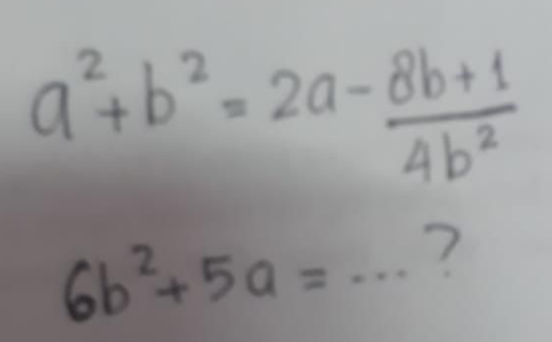
AlgebraQuestion and Answers: Page 268
Question Number 94174 Answers: 1 Comments: 3
Question Number 94124 Answers: 0 Comments: 3
$$\mathrm{20}+{a}={a}\:{cosh}\left(\frac{\mathrm{75}}{{a}}\right) \\ $$$${a}=? \\ $$
Question Number 94095 Answers: 0 Comments: 0
Question Number 93963 Answers: 0 Comments: 12
Question Number 93916 Answers: 0 Comments: 2

Question Number 93742 Answers: 0 Comments: 5
Question Number 93726 Answers: 0 Comments: 1
Question Number 93505 Answers: 0 Comments: 0
Question Number 93470 Answers: 1 Comments: 4
Question Number 93460 Answers: 1 Comments: 1
Question Number 93446 Answers: 0 Comments: 1
Question Number 93439 Answers: 2 Comments: 0

Question Number 93340 Answers: 1 Comments: 7
Question Number 93296 Answers: 1 Comments: 1

Question Number 93177 Answers: 0 Comments: 3
Question Number 93173 Answers: 1 Comments: 0
Question Number 93170 Answers: 0 Comments: 2
Question Number 93138 Answers: 2 Comments: 0
Question Number 93129 Answers: 1 Comments: 2
$${derive}\:{x}^{\mathrm{2}} −\left(\alpha+\beta\right){x}+\alpha\beta \\ $$
Question Number 93057 Answers: 1 Comments: 1
Question Number 93039 Answers: 0 Comments: 1
Question Number 93077 Answers: 1 Comments: 1
Question Number 92885 Answers: 0 Comments: 10

Question Number 92880 Answers: 1 Comments: 0
Question Number 92899 Answers: 0 Comments: 1
Question Number 92839 Answers: 1 Comments: 0
Pg 263 Pg 264 Pg 265 Pg 266 Pg 267 Pg 268 Pg 269 Pg 270 Pg 271 Pg 272
